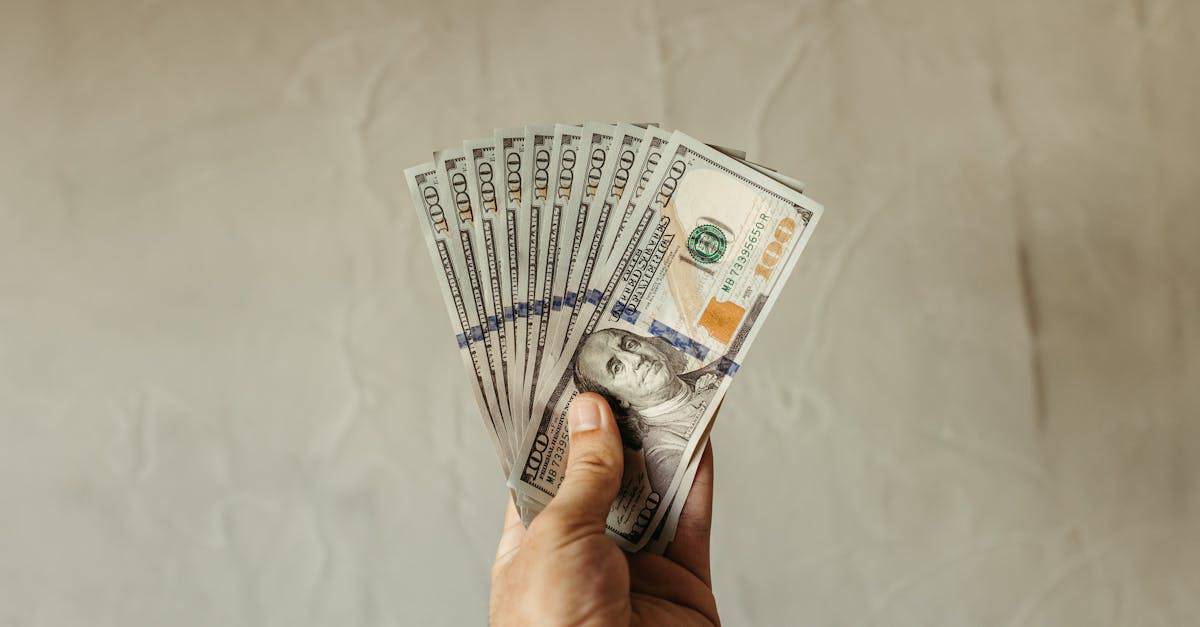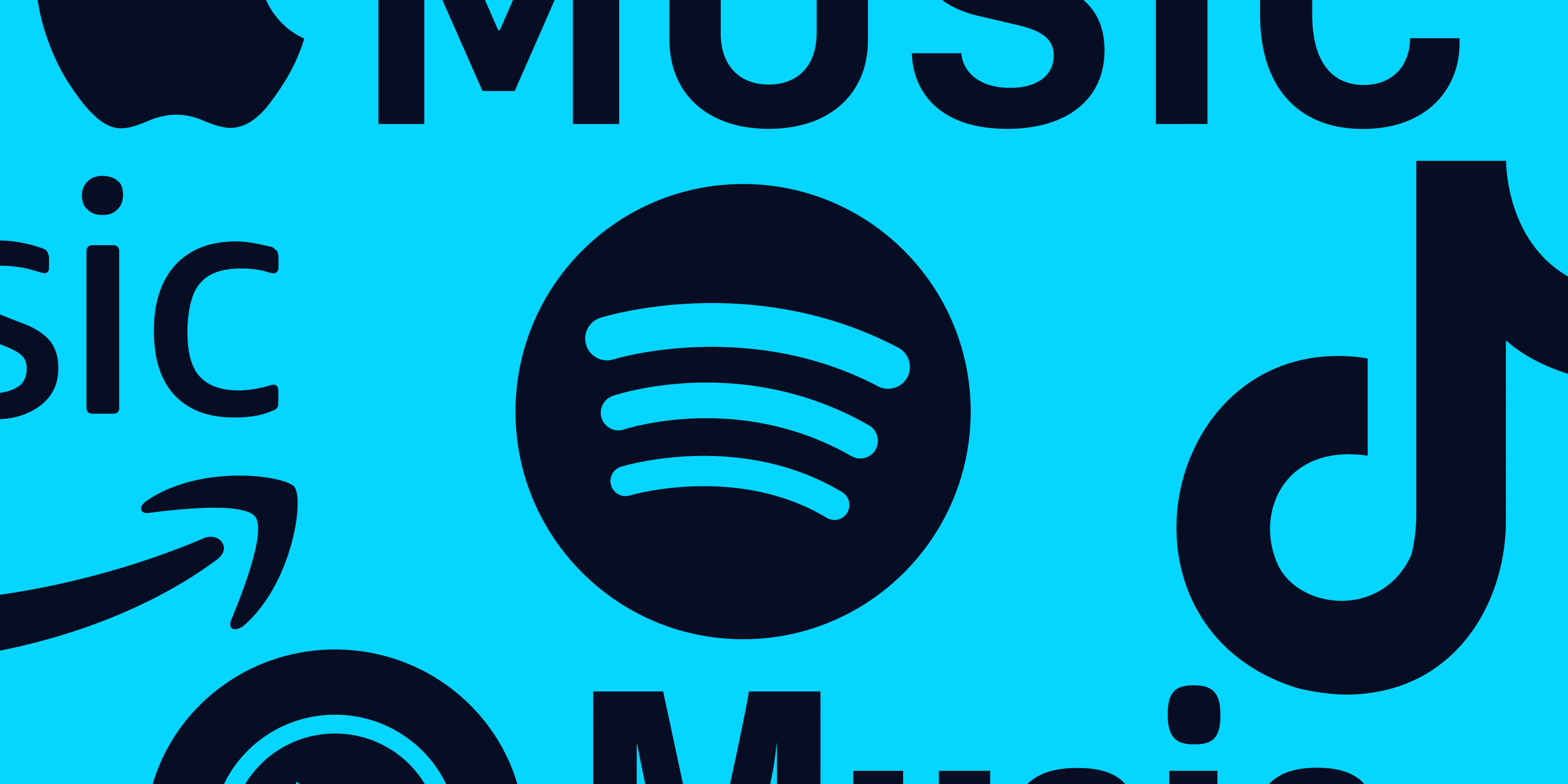The role of digital service providers has become more critical than ever. These companies offer a range of services from cloud computing to cybersecurity that help businesses stay competitive and efficient. As organizations increasingly rely on digital solutions, understanding what these providers offer can be a game-changer.
Digital service providers are not just about technology; they’re about enabling innovation and driving growth. They provide the tools and expertise needed to navigate complex digital environments, ensuring businesses can focus on their core operations without getting bogged down by technical challenges. Whether it’s through managed IT services or advanced analytics, these providers are essential partners in modern business strategy.
The Importance of DSPs In Today’s Music Industry
Role and Functionality
Digital Service Providers (DSPs) serve as the primary platforms for music distribution, streaming, and monetization. Streaming services include Spotify, Apple Music, Amazon Music, and YouTube Music. Digital download platforms include iTunes and Bandcamp.
- Distribution and Streaming: DSPs make music accessible globally by ingesting content from digital distributors. They package it into preferred formats and provide curated digital libraries, allowing users to access music on various devices.
- Non-Interactive Streaming: Platforms like Pandora and iHeartRadio offer radio-like experiences where the service controls the music selection instead of the user.
Impact on Artists
DSPs offer unparalleled reach for artists. Independent musicians can distribute their work without needing a major label. This democratizes the industry by giving equal opportunities to all artists.
- Revenue Generation: Through subscription fees, ad revenues, and pay-per-download models, DSPs provide multiple revenue streams for musicians.
- Analytics and Insights: These platforms offer detailed statistics on listener demographics. Artists use this data to tailor marketing strategies effectively.
Listener Experience
The convenience of accessing vast music libraries has transformed how audiences consume music.
- Personalized Playlists: AI-powered recommendations create customized playlists based on listening habits.
- Accessibility: Users can listen to their favorite tracks anywhere with internet connectivity or offline downloads through subscriptions.
Market Trends
The rise of DSPs correlates with increasing global streaming revenue. According to IFPI’s Global Music Report 2020, streaming accounted for 62% of total recorded music revenue worldwide in 2019.
| Year | Recorded Music Revenue (Global) | Percentage from Streaming |
|---|---|---|
| 2018 | $19 billion | 56% |
| 2019 | $20 billion | 62% |
This shift underscores the importance of DSPs in shaping today’s music industry landscape.
Essential DSPs Around the World and How to Get Music On Them
Digital service providers (DSPs) dominate the global music distribution landscape. Key DSPs include Spotify, Apple Music, Amazon Music, YouTube Music, and Tidal. These platforms offer vast libraries of music and leverage sophisticated algorithms for personalized recommendations.
Key DSPs Worldwide
- Spotify: The leading music streaming platform globally with over 365 million monthly active users as of Q2 2021.
- Apple Music: Known for its high-quality audio and exclusive releases; it has over 60 million subscribers.
- Amazon Music: Growing quickly with features integrated into Amazon’s ecosystem; it boasts over 55 million customers.
- YouTube Music: Utilizes YouTube’s extensive video library to offer unique music experiences; widely used due to its free tier supported by ads.
- Tidal: Offers high-fidelity sound quality and exclusive content; preferred by audiophiles.
Steps to Get Your Music on DSPs
To get music onto these global platforms:
- Choose a Distributor:
- Opt for digital distributors like DistroKid, TuneCore, or CD Baby that partner with major DSPs.
- Prepare Your Content:
- Ensure tracks are mixed, mastered, and in the correct format (typically WAV or FLAC).
- Metadata Accuracy:
- Input accurate metadata including track titles, artist names, album art, genre tags.
- Submit Through Distributor Portal:
- Upload your tracks via the distributor’s online portal following their specific guidelines.
- Set Release Dates and Promotion Plans:
- Coordinate release dates across platforms ensuring adequate promotion time on social media channels.
By following these steps artists can ensure their work is available on essential DSPs around the world leveraging their powerful reach to grow audiences effectively while utilizing built-in analytics tools offered by each platform for strategic marketing efforts.
Collecting Royalties From DSPs
Digital Service Providers (DSPs) contribute significantly to revenue generation for artists, composers, and rights holders. Understanding how royalties are collected from these platforms ensures that stakeholders receive due compensation.
Royalty Types
- Performance Royalties: These royalties are paid to the rights holders of the sound recording itself—typically record labels or distributors. Organizations like SoundExchange collect performance royalties from non-interactive services such as internet radio and satellite radio.
- Mechanical Royalties: Songwriters, composers, and publishers earn mechanical royalties for the use of their compositions. Interactive services like Spotify generate both performance and mechanical royalties. The Mechanical Licensing Collective (MLC) often handles these collections in the United States.
Revenue Mechanisms
DSPs primarily generate revenue through subscriptions and advertising. Subscriptions offer ad-free experiences while ads support free-tier users. The revenue generated is then distributed among rights holders based on usage metrics.
Collection Organizations
Several organizations facilitate royalty collection:
- SoundExchange: Focuses on collecting performance royalties from non-interactive digital transmissions.
- Mechanical Licensing Collective (MLC): Handles mechanical licenses for interactive streaming services in compliance with U.S. copyright laws.
Understanding these mechanisms helps artists and rights holders maximize their earnings from digital streams and downloads provided by DSPs like Spotify, Apple Music, Amazon Music, YouTube Music, and Tidal.
What to Keep In Mind When Releasing On DSPs
Optimize Metadata
Accurate metadata is crucial for maximizing a release’s visibility and ensuring proper royalty collection. Include correct song titles, artist names, album names, genre classifications, and release dates. Incomplete or incorrect metadata can lead to misattribution and lost revenue.
Choose the Right Distributor
Selecting a reliable digital distributor impacts how effectively music reaches DSPs. Leading distributors include DistroKid, TuneCore, CD Baby, and AWAL. These distributors handle uploading music files to various DSPs and managing payouts from multiple platforms.
Plan Release Dates Strategically
Release timing affects discoverability. Schedule releases for optimal engagement periods based on target audience behavior and market trends. Coordinate with promotional campaigns to amplify reach.
Engage in Pre-Release Promotion
Build anticipation through pre-release strategies like social media teasers, pre-saves on Spotify, and exclusive previews. This generates early interest and boosts initial streaming numbers.
Monitor Analytics Regularly
Utilize analytics tools provided by DSPs to track performance metrics such as play counts, listener demographics, geographic data, and playlist placements. Analyzing this data informs future marketing strategies.
Ensure Compliance with Licensing Agreements
Verify that all necessary licenses are obtained before releasing content on DSPs. This includes mechanical licenses for covers or samples used in recordings.
Understand Revenue Models
Familiarize yourself with how each DSP generates revenue through subscriptions or advertisements to better anticipate earnings potential from different platforms.
By keeping these points in mind when releasing content on digital service providers (DSPs), artists can maximize their reach while ensuring an efficient distribution process that aligns with industry standards.
Key Takeaways
- Digital service providers (DSPs) are essential partners in modern business strategy, offering services like cloud computing and cybersecurity.
- In the music industry, DSPs such as Spotify, Apple Music, and YouTube Music play a crucial role in distribution, streaming, and revenue generation.
- These platforms provide artists with unparalleled reach and multiple revenue streams through subscriptions, ad revenues, and pay-per-download models.
- Accurate metadata is crucial for maximizing visibility and ensuring proper royalty collection when releasing music on DSPs.
- Choosing the right distributor and planning strategic release dates are key to successful music distribution on digital platforms.
Wrapping Up
Digital service providers play a vital role in the modern digital and music landscapes. They offer indispensable tools and services that help businesses stay competitive while driving innovation and growth. In the music industry, DSPs democratize distribution, providing artists with platforms to reach global audiences without major labels.
By leveraging DSPs’ capabilities like analytics and strategic marketing, artists can optimize their reach and earnings. Understanding revenue models and ensuring compliance with licensing agreements is crucial for maximizing income from streams and downloads. As DSPs continue to evolve, they remain an essential component in shaping the future of various industries, particularly music.
Frequently Asked Questions
What is a digital service provider (DSP)?
A digital service provider (DSP) offers various digital services such as cloud computing, cybersecurity, managed IT services, and advanced analytics. These companies help businesses stay competitive by managing complex digital landscapes and allowing organizations to focus on their core operations.
How do DSPs benefit the music industry?
In the music industry, DSPs like Spotify, Apple Music, and YouTube Music provide platforms for music distribution, streaming, and monetization. They democratize the industry by enabling independent musicians to distribute their work without major labels and offer valuable analytics for marketing strategies.
What are some key DSPs in the music sector?
Key DSPs in the music industry include Spotify, Apple Music, Amazon Music, YouTube Music, and Tidal. Each platform offers unique features and extensive music libraries that cater to diverse listener preferences.
How can artists get their music onto DSPs?
Artists can get their music onto DSPs by choosing a digital distributor, preparing content with accurate metadata, submitting through the distributor’s portal, coordinating release dates and promotion plans. This process helps artists leverage the reach of DSPs to grow their audiences.
How do DSPs generate revenue?
DSPs primarily generate revenue through subscription fees and advertising. They also provide artists with valuable analytics to tailor marketing strategies effectively. The rise of global streaming revenue underscores the importance of these platforms in today’s digital landscape.
What types of royalties do artists earn from DSPs?
Artists earn different types of royalties from DSPs including performance royalties collected by organizations like SoundExchange for non-interactive services and mechanical royalties earned through interactive services like Spotify. These are often managed by entities such as the Mechanical Licensing Collective (MLC).
Why is optimizing metadata important for releasing music on DSPs?
Optimizing metadata ensures better visibility on platforms and proper royalty collection. Accurate information helps algorithms recommend your music more effectively while ensuring you receive due earnings from your streams.
What steps should artists take before releasing their music on a DSP?
Before releasing music on a DSP, artists should choose a reliable digital distributor, plan release dates strategically engage in pre-release promotion efforts monitor analytics regularly post-release optimize metadata ensure compliance with licensing agreements understanding revenue models across different platforms will maximize earnings potential

